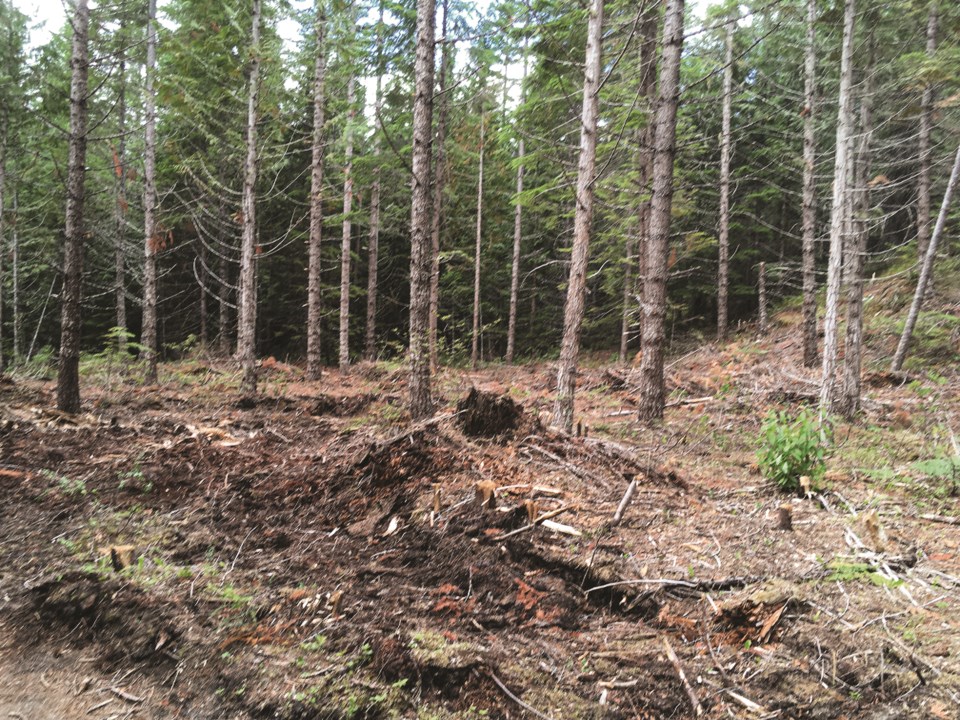While Whistler burns, critics of the fuel-treatment program will have high-tailed it from the resort—that is, if the road stays open.
Fuel-reduction thinning is based on science. Flame height and intensity objectives are the cornerstone to reduce the rate of fire spread. A low-burning ground fire can be suppressed, a wind-driven crown fire cannot. A treated area provides a defensible zone for suppression. When thinned areas are bombed with retardant or water, it remains on site longer, altering humidity and hopefully fire growth. Recent criticism of the practice from a few list changes in soil moisture, aesthetics, and, even more preposterous, a concern over the disturbance of the moss layer—really?
Anyone with an inkling of forest-management knowledge understands decreasing crown closure (thinning) increases snowpack, as snow intercepted by the tree canopy is rapidly melted and evaporated. Those who attempt an early spring bike ride know that retention of snowpack, even by days, is of benefit for the inevitable drying trend of summer, whether for tree and shrub uptake or the eventual dust-up on the single tracks.
We live in a region that acts as the Interior some years and like the Coast in others. Any forest research comparing year-to-year soil moisture, stand relative humidity, or snowpack depths is troublesome. I know—as part of a cadre of local foresters, we used forest-science research to improve forest seedling survival for more than a decade in this region. Our conclusion: weather is far too variable to compare stand-level practices from year to year. Not that research is not valuable, but to use it as a reason to hold off wildfire reduction treatments can only be called foolhardy.
Our geologically young forest soils on our upslope areas around Whistler are extremely robust and capable of ground disturbance. The forest types targeted for fuel reduction are not rare or unique in this region. Our unique and rare forest types are in fact our valley-bottom areas, adjacent to wetlands and large rivers, which have already been converted to residences, golf courses, or pavement.
After another summer drought and frightening wildfire events across the province, it is high time this community supported the expansion and completion of the primary fuel breaks. The money is there, I have been told, it just needs our support.
I, for one, would like to hear more from the “crickets!”




